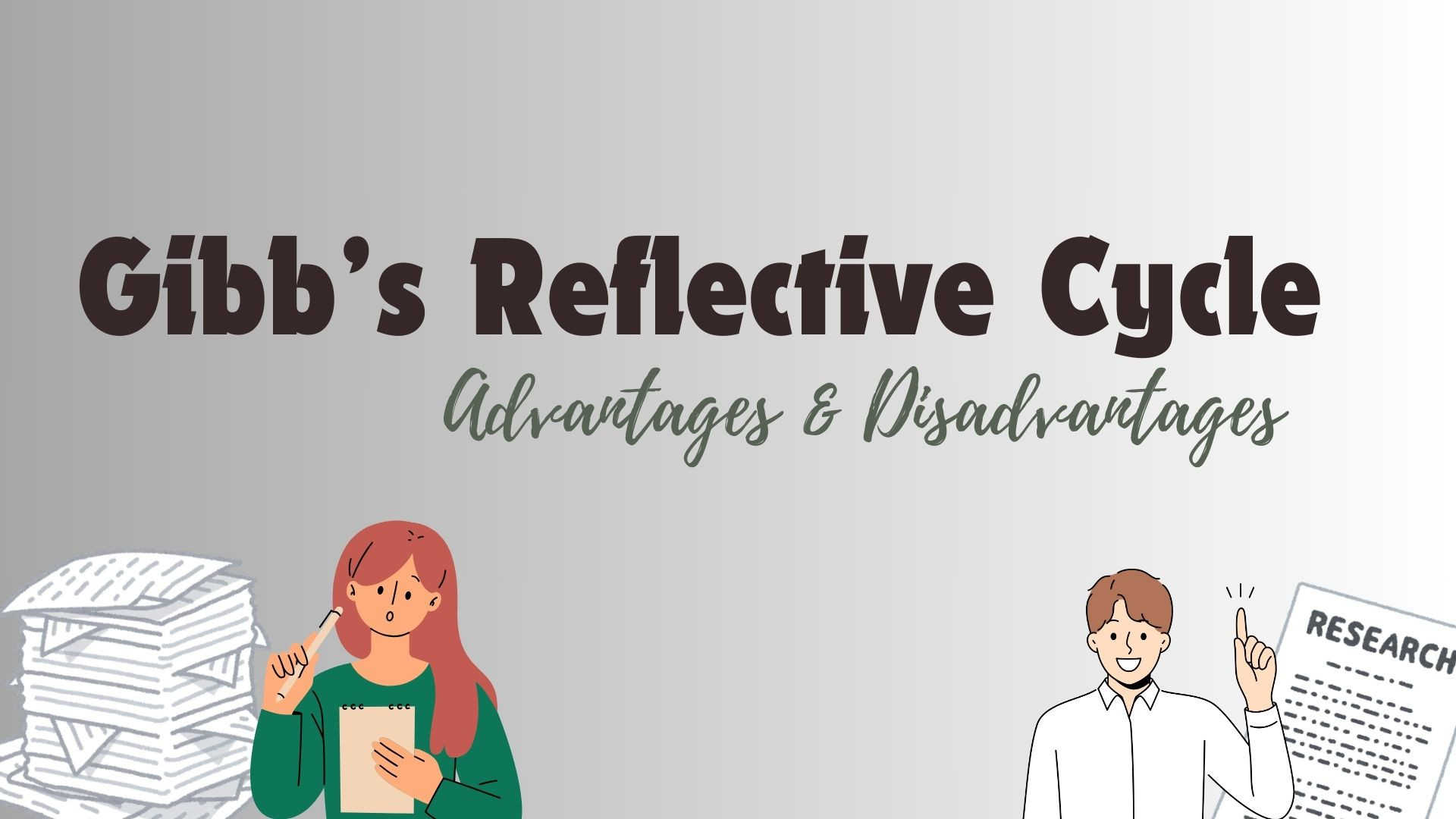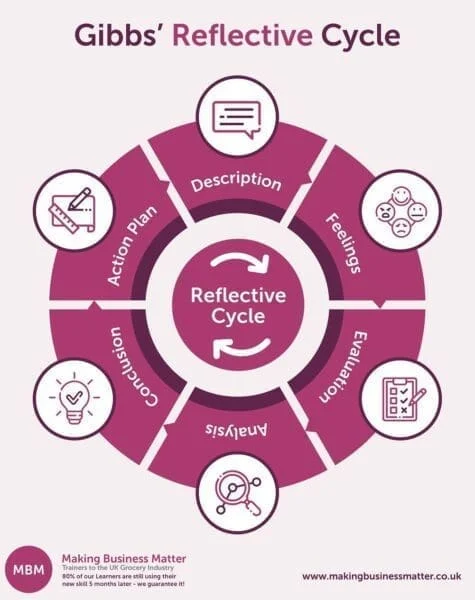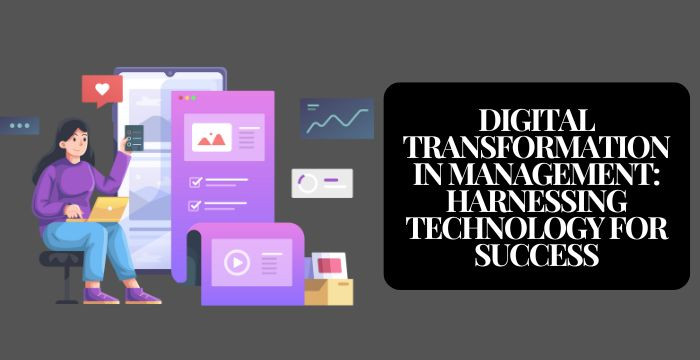
Gibbs reflective cycle
Gibbs's reflective cycle consists of six distinct stages that help an individual reflect on the experience gained in professional life. The Gibbs reflective model consists of six steps in circular motion, which depicts the process of learning from experience. The model has six steps that need to be followed to present self-reflection in professional life.
The first three steps at the beginning of the cycle focus on analyzing what happened to the individual during the experience gained. The last three steps focus on the steps to improve future experiences in similar situations by learning from the previous experiences gained.

Step 1: Description:
In this stage, the individual describes the situation they are facing. The writer provides complete details about the situation and events without any conclusion. The first stage is crucial as it helps set the scene and provides the context of the experience gained by the individual. Some of the questions involved in the description step are
- What happened?
- Where and when did the event happen?
- Why was the author there?
- What did the author do?
- How did people react to the situation?
- What happened after the event?
Step 2: Feelings
In this stage, the writer shares their experiences during the event. In this stage, it is crucial. To describe the feelings and not judge the event based on the feelings. Some of the essential questions which are asked in this stage are:
- What was the author's experience after the conclusion of the event?
- How did other people involved in the situation react during the event?
- What does the author feel about the event now?
- What do other people think about the event now?
Step 3: Evaluation
During this stage, the author evaluates the experience gained during the event. The author provides information regarding the objectives and things that did not go as planned. During this stage, the author needs to be honest, which can help gain fundamental knowledge from the experience gained. Some of the crucial steps which are answered during this stage are
- What are the good things in the experience?
- What are the things which could have been better during the event?
- How was the situation resolved after the event?
- Do the author's contributions are positive or negative?
- Is the contribution made by others positive or negative?
Step 4: Analysis
During this stage, the author analyzes the factors that contributed positively and negatively during the event. In this stage, the author evaluates the different options that the author can take in the future during similar situations. In this stage, the author can use different academic tools and models to formulate strategies for the future. For instance, if the author faced any problem during the presentation process due to the need for proper structure. Then, the author can use different tools to improve the presentation in the future.
Step 5: Conclusion
After analyzing various options during the situation, the writer needs to conclude the future. The creation of a conclusion helps in answering the following questions.
- What are the different tools and steps that can be used by the author in future in cases facing the same situation? Are these skills available to the author, or do they need to be developed in the future?
- What different steps will the author take in the future?
- How does the author reduce the negative impacts in similar situations in the future?
- What steps can the author take to make the event more positive for others involved?
Step 6: Action Plan
During this stage, the author makes an action plan based on the conclusion and how he will position himself for similar situations in the future. It has become essential for the author to make the necessary changes and commit to the action plan to face challenging situations more quickly.
Advantages of Gibbs reflective cycle
The Gibbs reflective cycle is essential as it helps the individual evaluate the experience gained and take the required action, which allows better handle the same situation in the future. Some of the other significant benefits of using the Gibbs reflective cycle are
- The model is considered very easy to use and understand.
- It helps the individual learn from each experience gained over a while from different events.
- Continuous usage of Gibbs's reflective cycle helps the author develop more accurate and balanced judgment in difficult situations.
Disadvantages of using Gibbs reflective cycle
- The cycle is considered more of a reactive model rather than a proactive model for improving individual skills.
- The reflections made during the Gibbs reflective cycle can be considered superficial due to the need for more references regarding critical thinking, analyzing different situations, and referencing the author's assumptions. Also, the author examines the problem from a different perspective.
- Also, the Gibbs reflective cycle lacks profound analysis questions regarding the event or experiences.
- The Gibbs reflective cycle is solely based on the experiences shared by the individual. However, it can be difficult for some individuals to share their experiences and feelings, making the cycle ineffective for personal reflection.
- To improve the results gained by the Gibbs reflective cycle, it becomes necessary to have an expert or coach guide every step. This makes it difficult for each individual to use the Gibbs reflective cycle independently.
Contact us or visit our blogs for more updates on similar or related topics.


